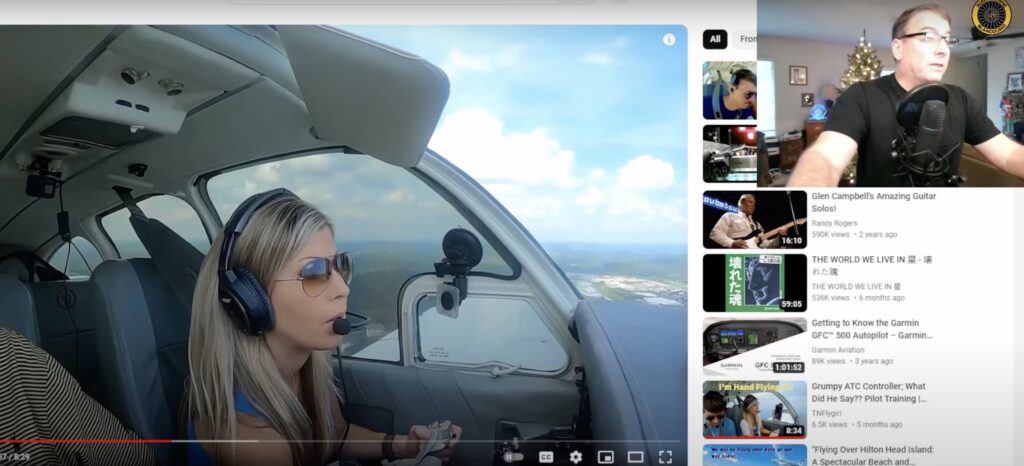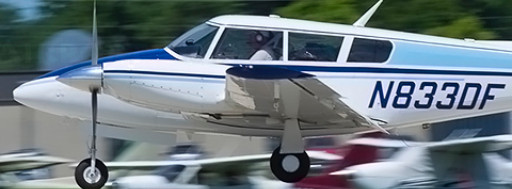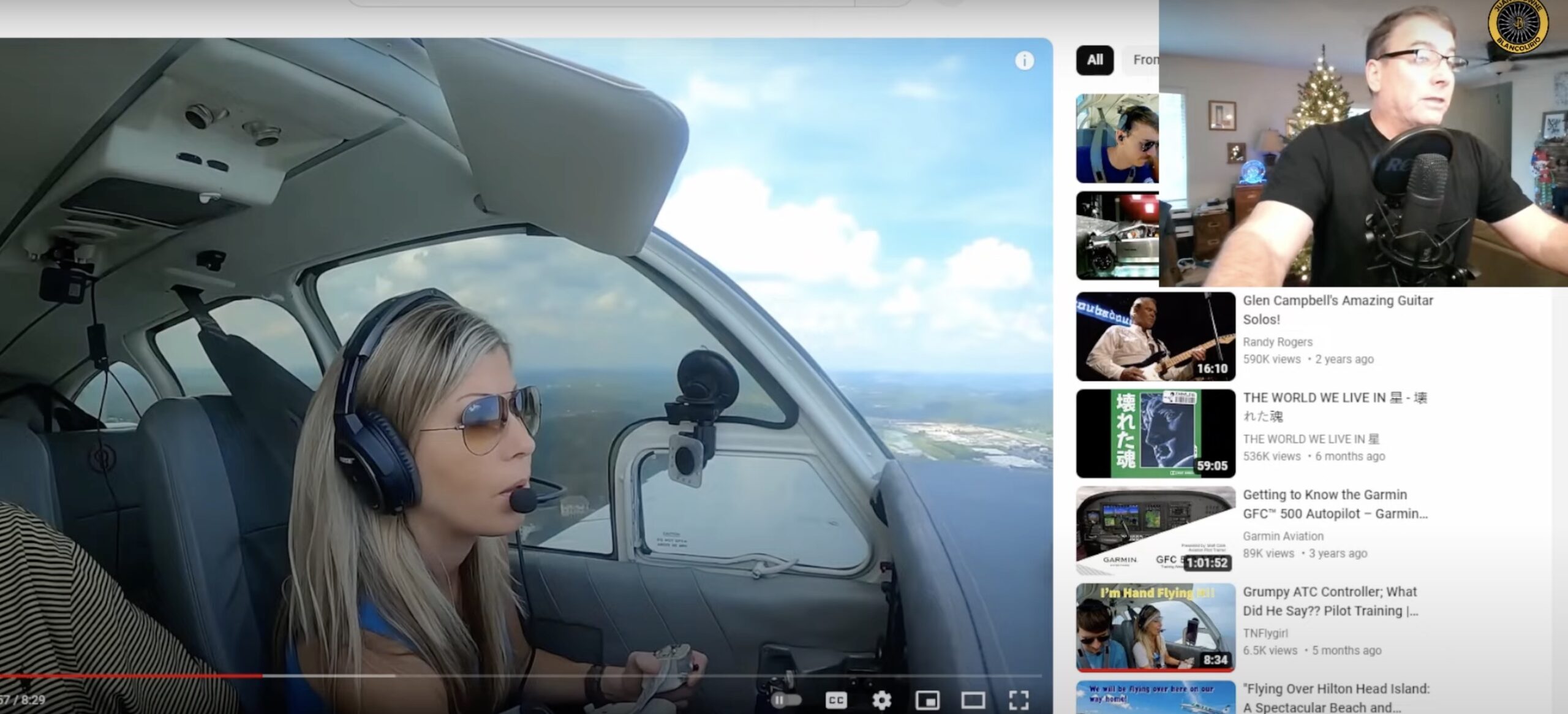
Good morning,
In my opinion, we recently lost some kid because she was popular on YouTube and did not understand a few things that are so damn obvious to me now. I hope that by writing a few more thoughts about her accident, some pilot will think about how to manage similar failures ahead of time.
Juan Brown analyzed this accident very well and we can begin to understand the links in this chain. I recommend listening to his professional analysis.
This one strikes a chord with me because I recently had an upset in my airplane due to an autopilot failure. I recovered quickly because I have deeper experience, and it didn’t hurt that I had a retired Falcon Test pilot in the right seat to back me up.
My opinion, for what it’s worth:
This young lady was flying an advanced airplane with an older but functional autopilot. She was having difficulty learning to fly instruments; was very low on experience; and had an online persona she was trying to promote. Developing content for clicks was a factor. I’m certain it was, and those were just a few identified risks.
Generally, my instincts are to mitigate risks by removing distractions and freeing up brain cycles. Be focused on the task at hand, and bolster your safety by having talent greater than your own when you can. I am approaching 7000 hours with 5 type ratings and I still think this way.
At the very least, find yourself a solid right seater that is experienced in the airplane. JFK Jr would be alive today if he’d done that. Even though she was in super clear weather (risk mitigated), she tried to Fly, Film, Diagnose, Experiment with the autopilot, and manage a non-rated passenger whom she loved.
Why this stuck a chord with me:
I recently had autopilot maintenance done after a failure. Everything was working again, but final tuning would have to be done to the autopilot in the air. My experienced tech knew I could fly well, and gave me the steps required for final adjustments to the trim limits so that I could do this myself. I was excited to be able to fine tune the machine exactly the way I wanted it, and would find the right safety pilot to come along.
This flight would have more risks than usual, but I did allow a camera to be onboard in this case. I wanted to capture the procedure to share with other PA30 pilots who have helped me. To mitigate some of those risks, I brought along a very competent safely pilot who happens to be a retired Falcon Test Pilot. We both agreed that the camera would be turned on at the beginning of maneuvers, and ignored until the maneuver completed. If it became a distraction, it’d be turned off. The resulting video can be viewed below.
What you can see in the video is the result of an old internal plastic housing on a variable resistor breaking as soon as pressure was applied. The result was the aircraft rapidly rolling past 75 degrees and pitching down while accelerating at cruise power!
Kevin and I recovered with no drama, and I discontinued the testing with this unexpected result. My first thought after that event was what might have happened to someone with lesser experience. I can’t imagine Frank Dorrin at 400 hours with a family member in the right seat recovering from this with a calm demeanor.
Think about it – this young lady was likely far out of trim and accelerating. The forces on the controls might have been far greater than she’s ever experience. Would she have chopped the power immediately, or fought to understand first? I’ll stop the guessing there. Maybe you can follow my train of thought.
What if the failure I’d experienced happened in IMC? I’d be ready for it these days because I am vigilant always and trust nothing exclusively. The autopilot takes the pressure off of my hands and makes the tiny tweaks less necessary, but I’m always the one flying. Would this 400 hour pilot have survived something like that?
I believe Jaun Brown got it right in his analysis and it breaks my heart. Understanding and flying these older autopilots can be a daunting button pushing experience, but all you really need to know is how to constantly monitor it and how to turn it off quickly and absolutely.
There is a master switch on the autopilot panel in my airplane. If you trip that and have any doubt that it is actually off, like in an upset with high trim forces, shut off the damn master switch. I’d still have my instruments – all of them – and have that plan ahead of time. Note: there is simply no way to reach my autopilot circuit breakers during an upset. I’d kill the power; level off; and pull the breakers later.
It is true that her instructors didn’t help her much. She is the pilot in command, however, and she is the one who made the decisions that resulted in this double fatal crash.
Please don’t make this mistake or leave yourself unprepared.
FLY SAFE! PA30 PILOT

